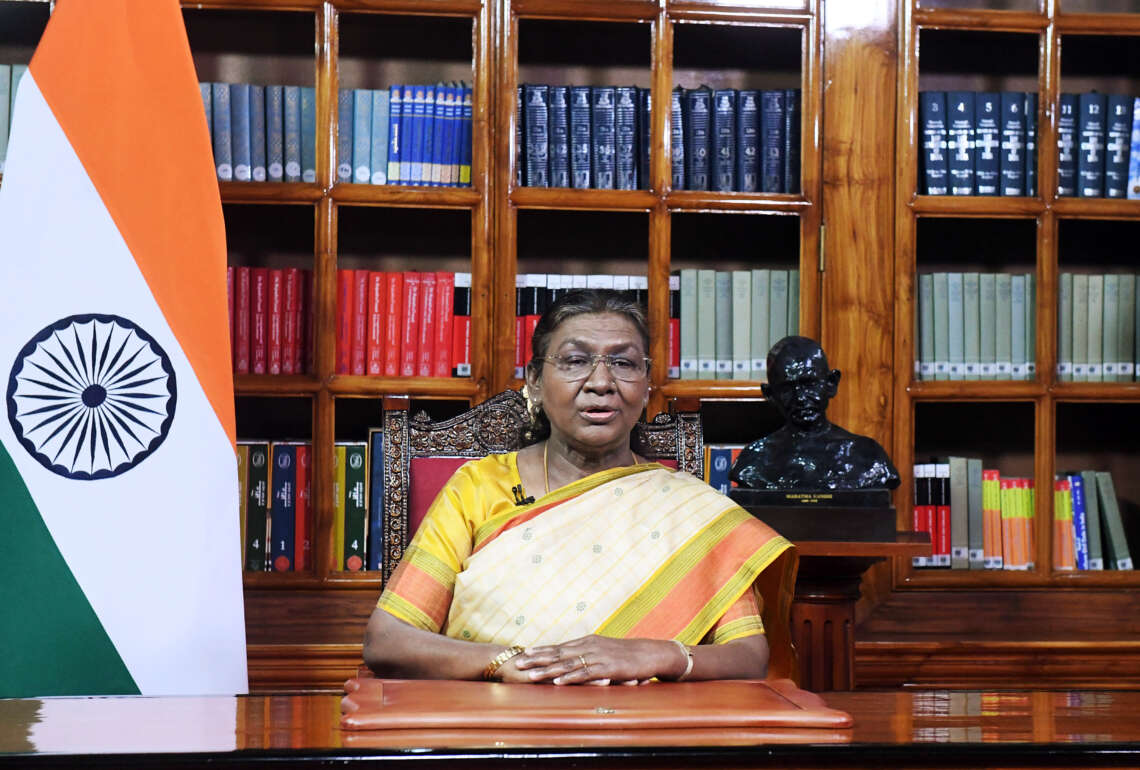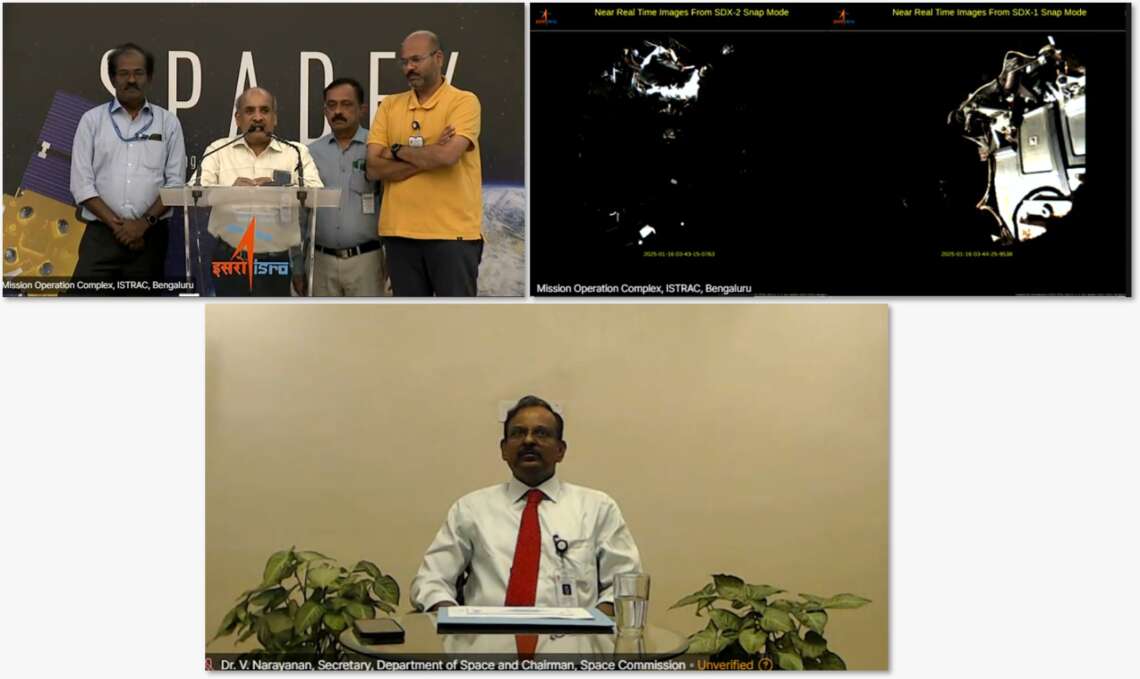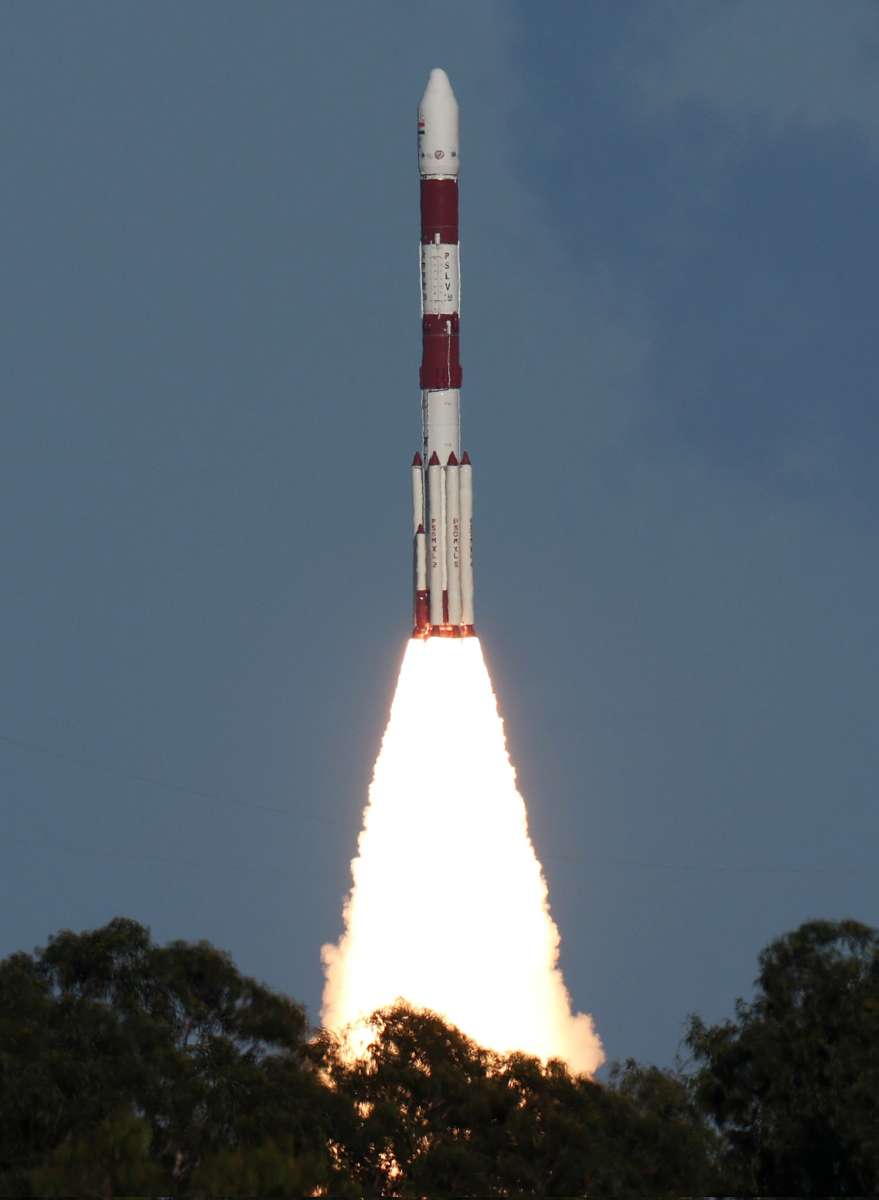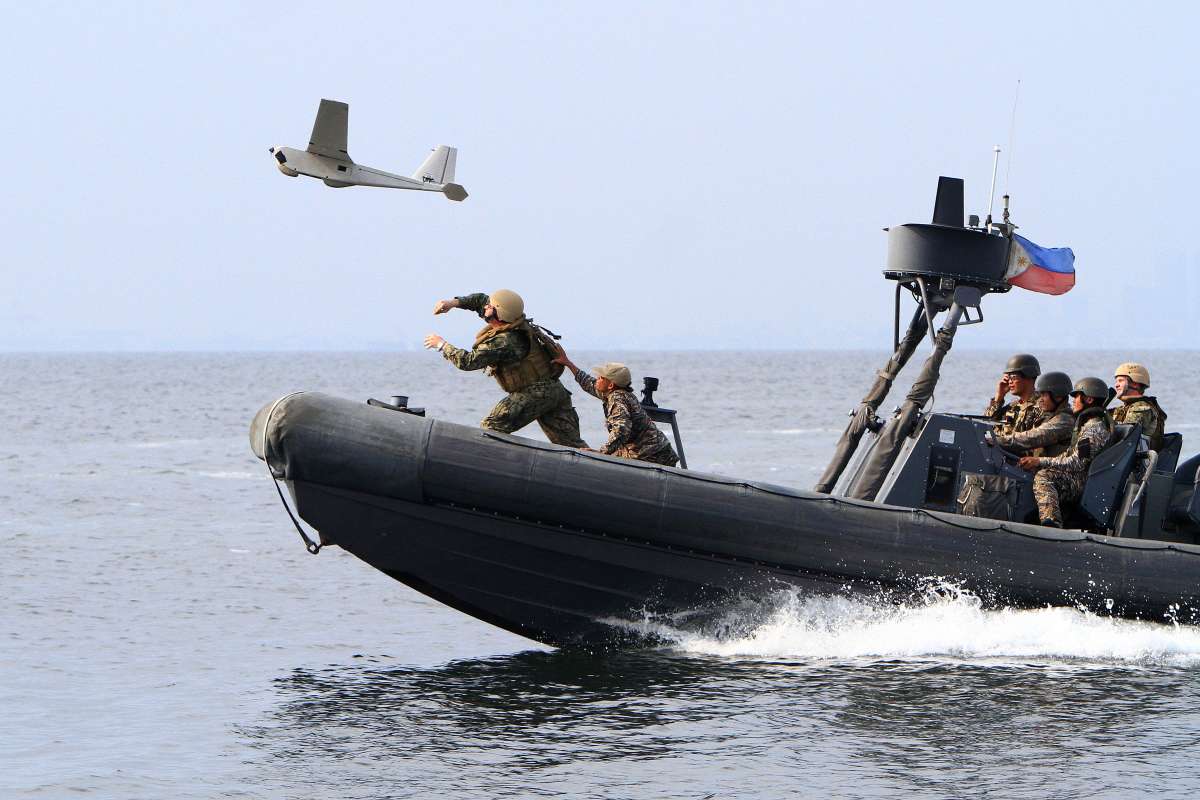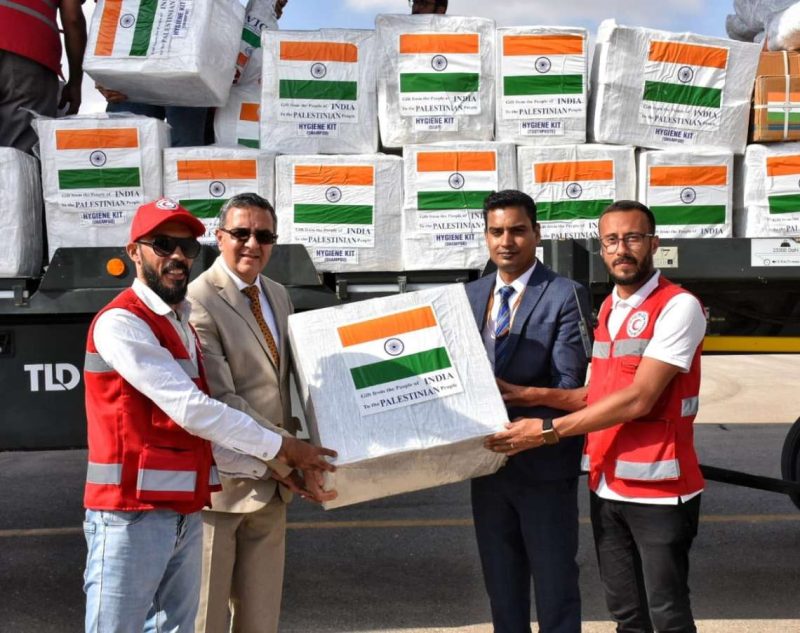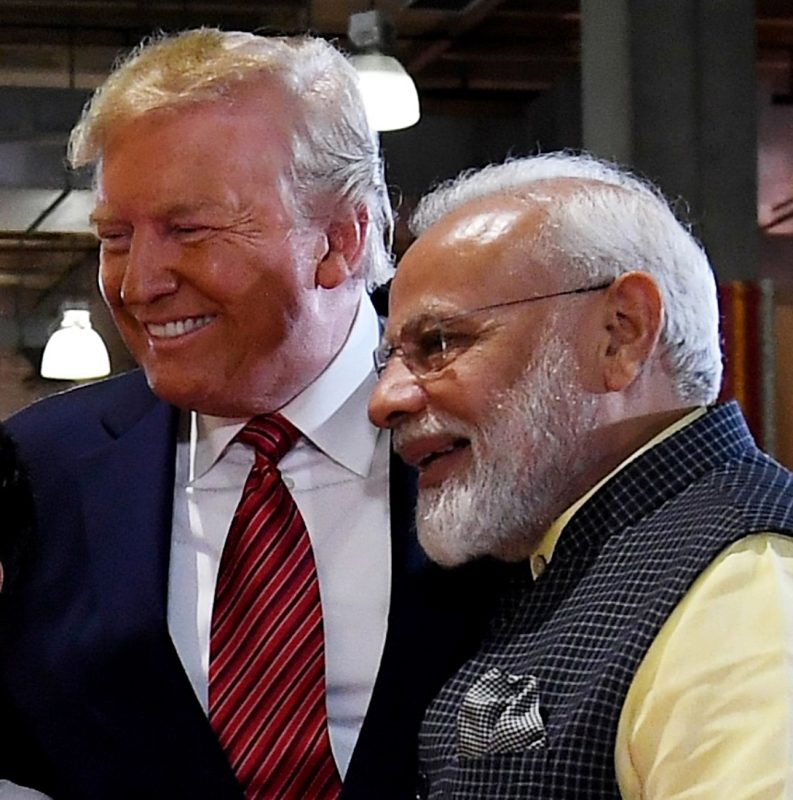Chandrayan-3 captured stunning images of the lunar surface after entering the Moon’s orbit…reports Asian Lite News
The Indian Space Research Organisation (ISRO) on Sunday said the GSLV Mark 3 (LVM 3) heavy-lift launch vehicle, which lifted off successfully with the Chandrayaan-3 spacecraft, underwent a planned orbit reduction manoeuvre, bringing it closer to the moon.
The space agency said it will carry out the next such operation on August 9.
“The spacecraft successfully underwent a planned orbit reduction manoeuvre. The retrofitting of engines brought it closer to the Moon’s surface, now to 170 km x 4313 km. The next operation to further reduce the orbit is scheduled for August 9, between 13:00 and 14:00 hours IST,” the ISRO tweeted on Sunday.
Meanwhile, the space agency on Sunday put out the first images of the moon as captured by Chandrayaan-3, India’s third lunar mission.
Chandrayan-3 captured stunning images of the lunar surface after entering the Moon’s orbit on Saturday.
“The Moon, as viewed by #Chandrayaan3 spacecraft during Lunar Orbit Insertion (LOI) on August 5, 2023,” tweeted the Mission’s official Twitter handle.
The Chandrayaan-3 spacecraft, which covered about two-thirds of the distance to the Moon since its launch, successfully entered into the Lunar orbit on Saturday, according to ISRO.
The spacecraft, mounted on GSLV Mark 3 (LVM 3) heavy-lift launch vehicle, successfully lifted off from the Satish Dhawan Space Centre in Andhra Pradesh’s Sriharikota on July 14.
India became only the fourth country after the US, China, and Russia to land its spacecraft on the surface of the moon, demonstrating the country’s ability for a safe and soft landing on the lunar surface.
Upon landing, it will operate for one lunar day, which is approximately 14 Earth days. One day on the Moon is equal to 14 days on Earth.
The approved cost of Chandrayaan-3 is Rs 250 crore (Excluding Launch Vehicle Cost).Chandrayaan-3’s development phase commenced in January 2020 with the launch initially planned in 2021. However, the Covid-19 pandemic brought an unforeseen delay to the mission’s progress.Chandrayaan-3 is the ISRO’s follow-up attempt after the Chandrayaan-2 mission faced challenges during its soft landing on the lunar surface in 2019 and was eventually deemed to have failed its core mission objectives.
The key scientific outcomes from Chandrayaan-2 include the first-ever global map for lunar sodium, enhancing knowledge on crater size distribution, unambiguous detection of lunar surface water ice with IIRS instrument and more. The mission has been featured in almost 50 publications.
Moon serves as a repository of the Earth’s past and a successful lunar mission by India will help enhance life on Earth while also enabling it to explore the rest of the solar system and beyond.
Meanwhile, former ISRO scientist Tapan Mishra said the lunar mission was an illustration of the country breaking new grounds in space exploration.
Speaking to ANI in Kolkata, Mishra said, “Our rockets (launch vehicles) are not very powerful. Once the rockets escape the earth, they need a velocity of 11.2 km/s to make further progress. Since our launch vehicles don’t operate at such velocity, we resorted to the sling-slot mechanism.” (ANI)



